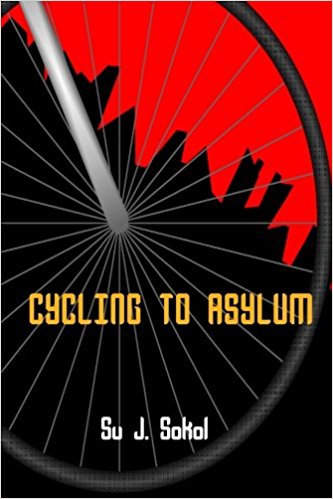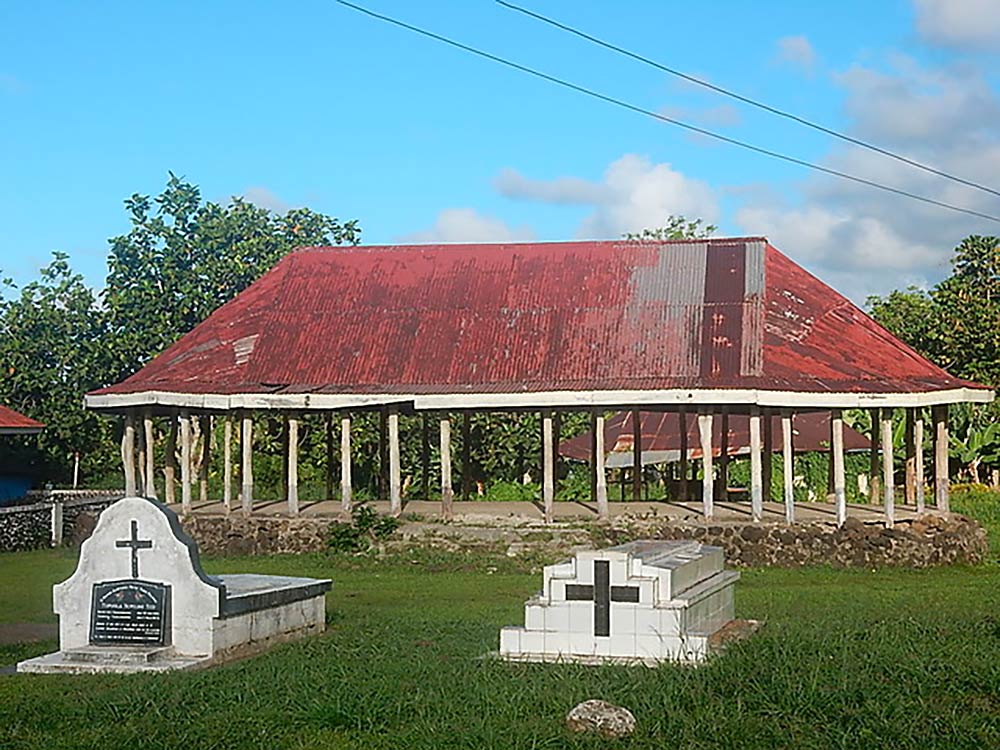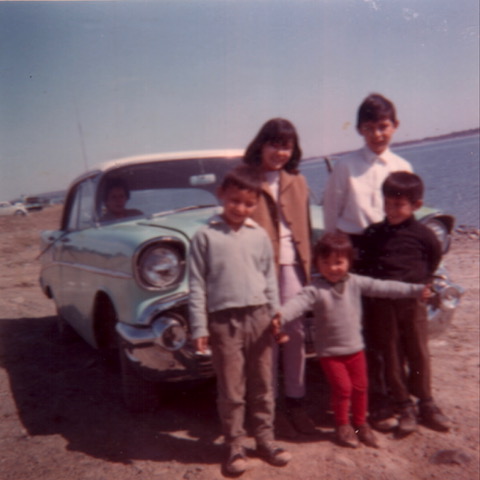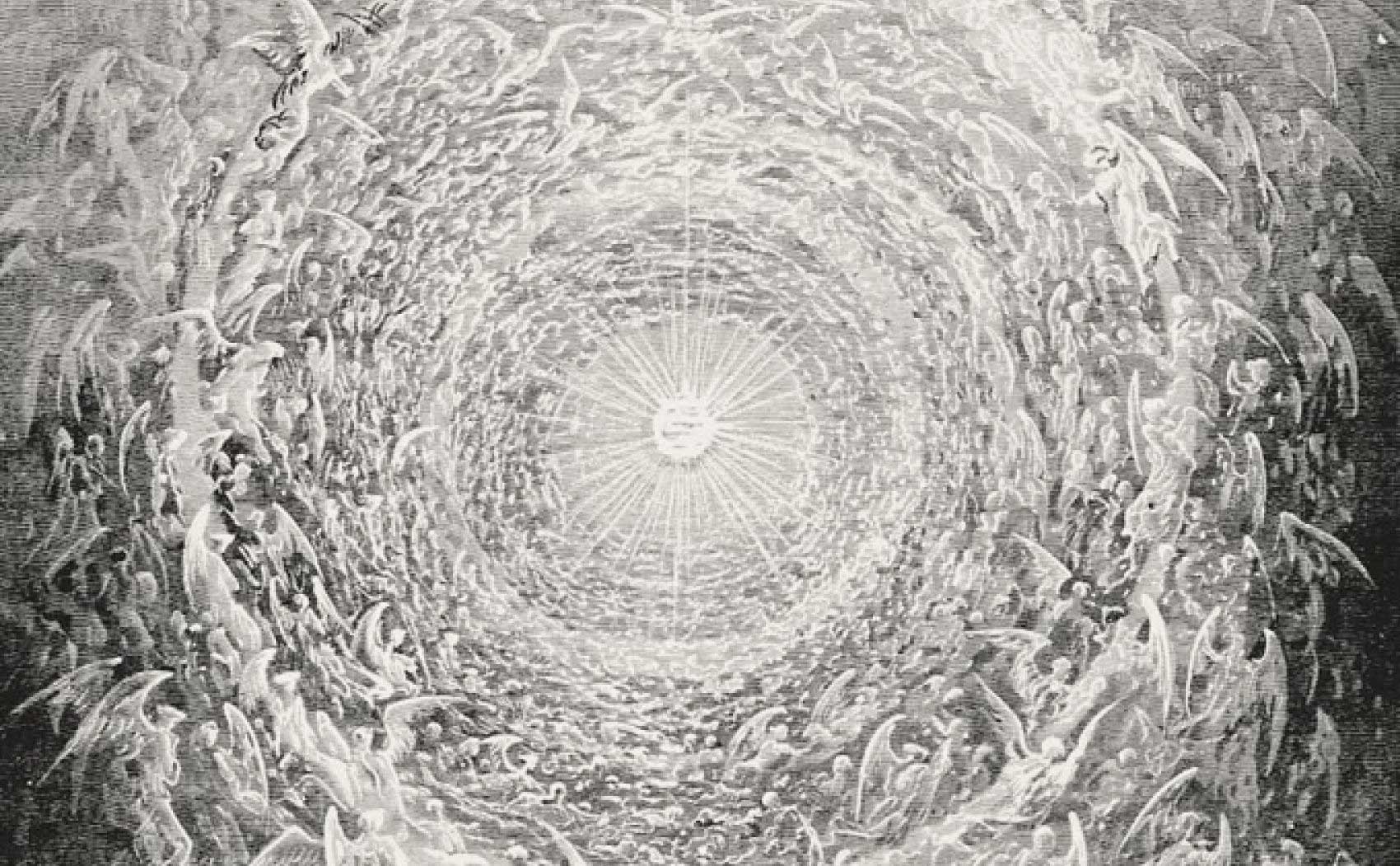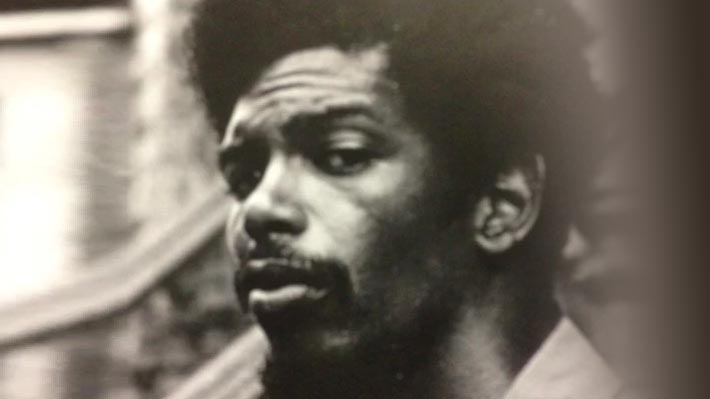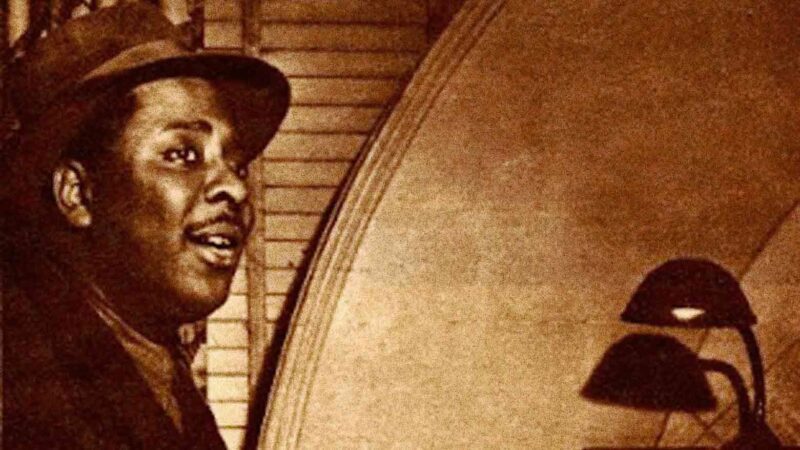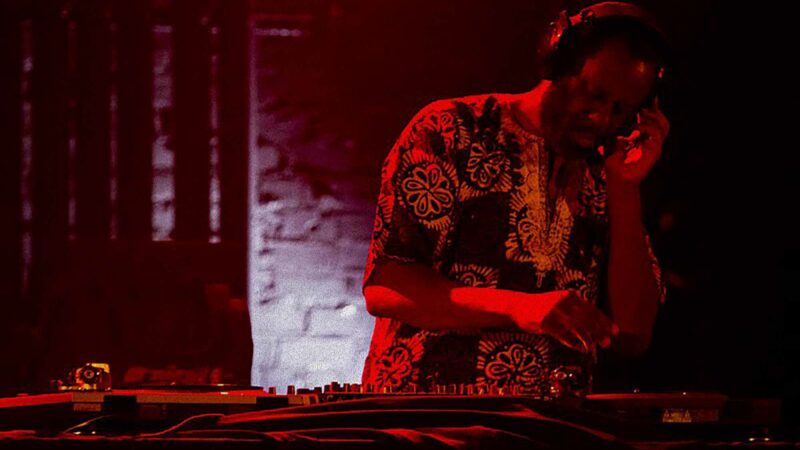Cycling to Asylum
by Su J. Sokol
Deux Voiliers Publishing, 2014
https://www.deuxvoilierspublishing.com/cycling-to-asylum
http://www.goodreads.com/book/show/22228463-cycling-to-asylum
The beauty of fiction, when it works well, is that it reveals complex particularities of human experience in ways that resonate emotionally and intellectually. Speculative fiction is particularly adept at exposing the consequences of a dysfunctional world. In these days of state actions aimed at closing borders and the denial of refuge to those in desperate need, stories of dystopia resonate. The evidence: George Orwell’s novel, 1984, is back on best-seller lists along with Margaret Atwood’s 1985 novel, The Handmaid’s Tale.
Su J. Sokol delivers an Orwellian prescience in Cycling to Asylum. Set in the near future and structured into two books, the novel tells the story of a family and their fraught journey from New York City to Montréal, or, in some respects, from the dangers of dystopia to the refuge of utopia.
Book One opens in hostile territory. Laek, one of four main characters, is cycling through Brooklyn. Climate change is running its course: “it’s only 91 degrees,” which Laek considers not too bad for an early morning in March. We catch glimpses of holo-boards and phaser rods. When Laek arrives at his school in Red Hook, where he teaches history, he passes through the distortion field of an “elliptical security booth.” Soon we learn of new anti-immigrant laws. All is not well in this tech-driven, futuristic world.
Sokol’s finely crafted prose pulls us into the story. Early on, it’s clear the stakes are very high. Laek is on a collision course with a regime bent on enforcing national security at the expense of individual freedoms. The specifics are frightening: mandatory iris scanning for students as young as twelve, high school dropouts forced to do military service, and “duty to report” proposals that would oblige teachers to turn students in to Immigration. When Laek is cycling home in the evening, he is pulled over and assaulted by a cop. We soon understand that Laek has a complicated and mysterious past that requires him to stay off the government grid. The suspense accelerates, as thrilling and dangerous as a midnight bike ride down a steep, creviced road.
The chapters are narrated alternatively in the first-person voices of each of the four family members. This clever structure propels plot, develops integrated plotlines and heightens immediacy and tension. Hearing the parents’ voices interspersed with those of the children varies the perspective. Simon, aged nine, is the voice of innocence, while his sister, Siri, at twelve, is a counterpoint, expressing an adolescent frustration (later morphing into rage) at what first appears to be the typical constraints of a middle-class family. These characters are supported by a cast of friends and colleagues who play key roles, including Philip, much loved by Laek in particular, whose heroism comes to light later in the novel. There’s also the nefarious Al, an all-powerful apparition from Laek’s dark past whose presence presages disaster.
After experiencing Laek’s point of view first hand, we meet his partner, Janie, a few weeks later. She is a lawyer in legal services, defending tenants who are facing eviction from the now-privatized projects. Janie senses something terrible has happened to Laek and chafes at his refusal to tell her. When he finally does, she is furious that Laek was assaulted by a cop on Broadway in full view of passers-by who did nothing to help him. If Laek is the voice of resistance colliding with despair, Janie is the voice of reason, clouded occasionally by her ferocious love. In a marvellously lyrical passage, Janie caresses Laek, sensing how his “body is like a mirror to his nature,” particularly his naive goodness and his “remarkable strength and resilience.”
Laek’s resilience is soon shattered during a demonstration. He skirts the police presence and moves through the streets towards Battery Park. Sokol brings the chaos and danger to life. Taking in the scene, Laek observes it’s like “some sick hunt. People have been lured inside, trapped and surrounded. Now the hunters are closing in with their nets and weapons.” When Laek recognizes two of his students being threatened by the police, he intervenes, creating a diversion. While the students run off, the cops turn on him, attacking Laek with a phaser stick.
This is a pivotal scene in the novel, a near-death experience made intensely real for the reader. When Laek wakes up in the hospital, there is a possibility that he might not survive or, worse, that he would not want to survive.
Janie, during her bedside vigil at the hospital, sees that Laek is not only delusional but also suicidal. And while he had mentioned the possibility of fleeing before, she now grasps the urgency: leave Brooklyn or die. His healing requires the actualization of his dream, an envisaged “New Metropolis” to which he mentally escaped during past traumas. In reality, that place becomes Montréal.
A wrenching process ensues. Sokol captures the complexities of preparing to leave home and uproot a family, a process that, to escape detection by the authorities, has to be clandestine.
The prescient qualities of Cycling to Asylum surface in Book Two. The family bravely set out for Québec on bicycles. As the border guard verifies their documents via screens and scanners, Laek panics. His future and his family’s are hanging in the balance. The prospect of being rejected almost crushes him. But Canada is a more benevolent state and eventually they cross the border and cycle to Montréal, where a new world awaits them, epitomized by a nude cycling event that happens to be taking place in the port just as they arrive. Laek and Janie gamely join in. Stripping down, they metaphorically leave their New York identities behind. In the novel, Montréal is already a self-designated “sanctuary city,” foreshadowing the declaration made by the city in early 2017 to ensure undocumented immigrants and asylum seekers have access to public services.
The drama and suspense escalate in the final chapters with flashbacks revealing Laek’s past, a kidnapping, and further border crossings. Without giving away the ending, it can be said that in the dark world depicted in Cycling to Asylum, hope resides in the inherent goodness of individuals like Janie and Laek. The novel’s prophetic qualities blur temporal lines. Elements of the present are recognizable in a near future that is neither completely hopeless nor bright. As for the distinctions between utopia and dystopia, Laek, in a final passage, concludes: “They can spy on us. Jam our communications. Arrest and punish us. They can try to divide and isolate us. But they can’t keep us apart. Our solidarity and love slip right across their borders. Like those lines aren’t even real.”
The multiple technologies of the near future, such as the iris scanners and holo screens alluded to in Cycling to Asylum, conjure both fear and hope. Laek’s movements and very existence are impeded by the interests of a ‘Big Brother’ whose focus on national security tramples on citizen rights. Much like our present day technologies, the devices also offer infinite possibilities to connect humans in a positive way. Simon’s magic translation glasses help him make sense of his first impressions of Canada. Sokol seems to suggest that, yes, technology allows us to share experiences, build solidarity and resist evil, but beware when it empowers the state to control and monitor our lives.
Sokol’s novel evokes the works of author Ursula K. Le Guin, an ardent defender of the fantastic who sees the imagination as a subversive force. In her fiction, Le Guin crosses the boundaries between science fiction and literature. Sokol is a writer of interstitial fiction, meaning that her work also defies rigid classification. The ‘in-betweenness’ of the form and content of Cycling to Asylum extends to its exploration of the metaphor of crossing borders, the shape-shifting senses of time and place. Most of all, Sokol earns the comparison to Le Guin in terms of both the craft of her writing and its intelligence.
Sokol, a lawyer and activist, is originally from Brooklyn and has lived in Montréal since 2004. This background helps to ground the novel so that the fantastic is believable, created from a deep knowledge of the settings and subjects, including details of New York and Montréal known to its residents and the legal complexities around immigration and rights.
Cycling to Asylum was published in 2014, well before the influx of refugees into Canada, many entering on foot. In hindsight, the book is, more than ever, a political novel. Orwell maintained, in his 1946 essay Why I Write, that “political purpose” was one of the great motives for writing prose and that, with the rise of totalitarianism in Europe, it was “nonsense” to avoid writing of such subjects in “a period like our own.” Without coming across as didactic or preachy, Cycling to Asylum reveals the consequences of a state hostile to individual rights and evokes the desperate risks and human costs involved in crossing borders and seeking refuge – burning issues in “a period like our own.”
